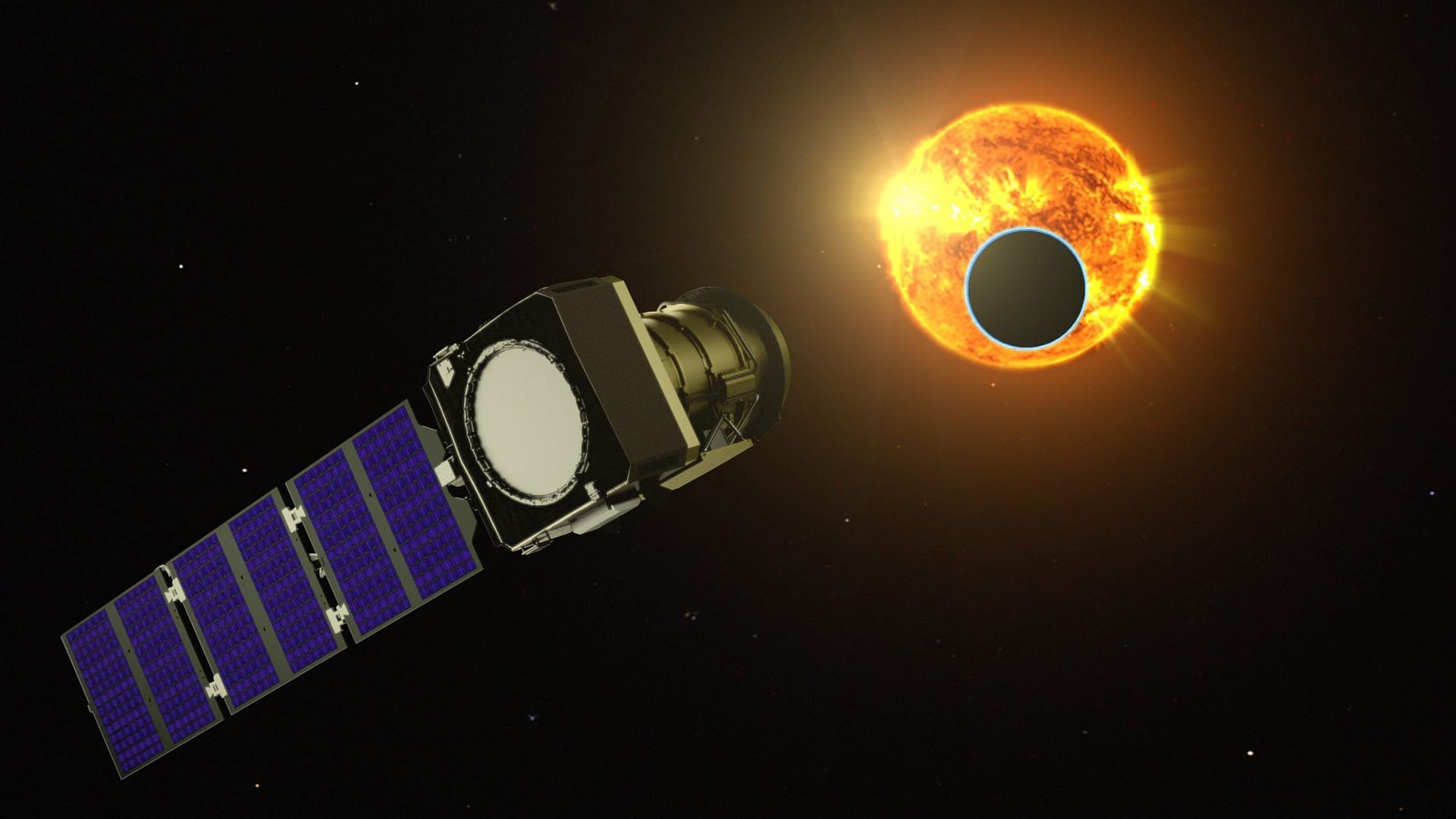NASA’s upcoming mission, Pandora, is set to launch in 2025. This mission aims to study the atmospheres of distant exoplanets. With the James Webb Space Telescope (JWST) facing overwhelming demand for observation time, Pandora will fill a critical gap. It will focus on clouds, hazes, and water, which are essential for assessing habitability in distant worlds.
About Exoplanets
Mission Objectives
Pandora’s primary objectives include:
Key Features of Pandora
Pandora will utilise a 17.7-inch (45 cm) aperture Cassegrain telescope. Although smaller and less sensitive than JWST, its design allows for prolonged observations. The mission will employ the transit method to capture starlight filtering through exoplanet atmospheres, revealing critical chemical signatures.
Addressing Observational Challenges
The mission aims to overcome challenges presented by stellar interference. By conducting long-duration observations, Pandora will differentiate between starlight variations and planetary signals. Each targeted exoplanet will be observed across multiple sessions to gather comprehensive data.
Importance of Water Detection
Water is a key indicator of potential habitability. Pandora’s focus on detecting water vapor and atmospheric conditions will provide crucial vital information about the likelihood of life on distant planets. This aligns with the growing interest in identifying “water worlds.”
Complementing Existing Missions
Pandora is designed to complement the findings of JWST and other telescopes. Its long-duration observations will enhance the accuracy of atmospheric models, supporting a deeper understanding of exoplanet diversity and evolution.
The Future of Exoplanet Research
The launch of Pandora represents advancement in exoplanet research. By refining our understanding of distant atmospheres, it will contribute to the ongoing search for habitable planets. Future missions, alongside Pandora’s data, may lead to the identification of Earth-like planets with conditions suitable for life.

Leave a Reply